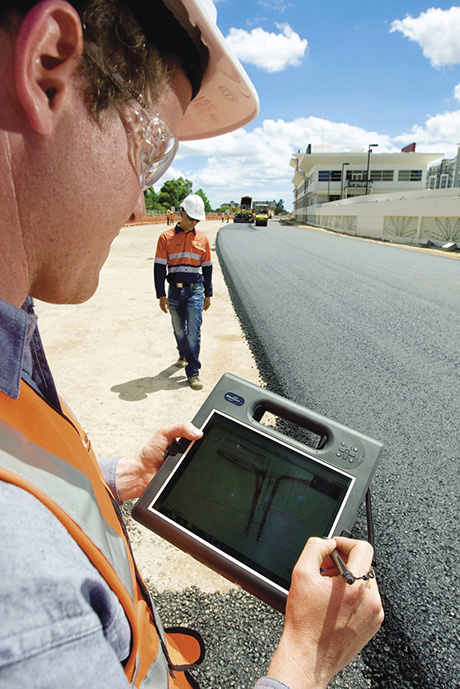
Case Study 2
Upgrading Great Eastern Highway Innovatively
A $350 million upgrade of Great Eastern Highway between Kooyong Road and Tonkin Highway started with a ground breaking ceremony on one of Perth's principal transport routes in June 2011. The project delivered by City East Alliance (CEA), comprised of Main Roads, Leighton Contractors, GHD and NRW, and is funded by the State and Federal Governments.

This project will see a 4.2 kilometre section of the highway upgraded to six lanes with a central median, on-road cycling facilities and a continuous pedestrian path. Currently this stretch of road is restricted by traffic capacity and has poor pedestrian and bicycle rider facilities. With an average weekday traffic count of almost 52,000 vehicles, the site is operating beyond its design capacity and has a crash rate almost twice that of the State average.
A key challenge of this project is the relocation, replacement and protection of utilities such as telecommunications, water, power and gas. Earlier this year, crews undertook extensive service location surveys via ground penetrating radar, electronic cable locators and a truck mounted vacuum that exposed and measured the depth of a service with minimal damage. The data obtained was used in 3D computer modeling to assist with the road's design. This information is used to guide the team as it installs more than 80 kilometres of new and relocated services which potentially can clash with existing operational services.
CEA implemented innovative traffic management practices that raised industry awareness of reducing risks associated with working with live traffic. Some techniques include: electronic speed advisory signs, variable speed limit signs, improved safety barriers from New Zealand and America, using portable speed humps for night road works, and trialing truck and trailer mounted attenuator units.
In addition, the CEA is proposing to use recycled asphalt pavement in various layers of the full depth pavement and investigating the use of warm mix asphalt to reduce energy consumption and environmental impacts during manufacture. In a further commitment to sustainability, the project participated in the Australian Green Infrastructure Council's Infrastructure Sustainability Rating schemes pilot trials. More information can be found on our website.
The expected completion date is December 2013.
The project will deliver increased efficiency, capacity and safety whilst giving greater access and connectivity for pedestrians and bicycle riders. Importantly, public transport services will be more attractive with the reduction in travelling times. The delivery of new facilities and urban designs will also improve amenities for local residents. For the latest information visit the project website at cityeastalliance.com.au.

 previous page
previous page
 previous page
previous page
